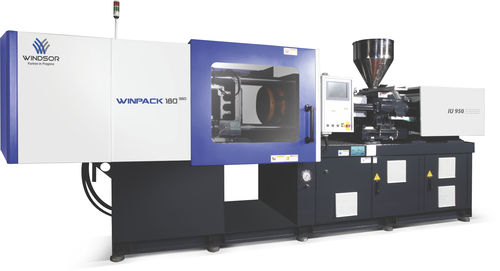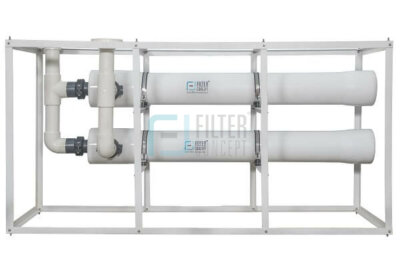How can small businesses make their frozen food packaging stand out on the shelves?

The frozen food industry is thriving, offering small businesses a lucrative opportunity to tap into a growing market. Effective frozen food packaging is crucial for small businesses aiming to compete with larger brands. This guide explores the importance of proper packaging, various packaging options, and innovative ideas that can help small businesses enhance their product appeal and ensure the quality of their frozen goods.
The Importance of Proper Frozen Food Packaging
Ensuring Product Quality and Safety
For small businesses, maintaining the quality and safety of frozen food products is paramount. Frozen food packaging must provide an airtight seal to prevent freezer burn and contamination, ensuring that the food remains fresh and safe for consumption. Proper packaging also helps in preserving the taste, texture, and nutritional value of the food, which is essential for customer satisfaction and repeat purchases.
Enhancing Brand Appeal
In a competitive market, packaging serves as a powerful marketing tool. Eye-catching and informative packaging can make a significant difference in attracting customers. Small businesses can leverage packaging to convey their brand story, highlight the uniqueness of their products, and differentiate themselves from competitors. Creative and well-designed packaging can significantly boost a product’s shelf appeal.
Types of Frozen Food Packaging for Small Businesses
Box Frozen Food
Box frozen food packaging is a popular choice for small businesses due to its versatility and durability. These boxes can be customized in various sizes and designs to suit different types of frozen foods, from individual portions to family-sized packs. They provide excellent protection against physical damage and temperature fluctuations, ensuring that the food remains intact during storage and transit.
Vacuum Sealed Bags
Vacuum sealed bags are another effective packaging option for frozen foods. These bags remove air from the packaging, preventing freezer burn and extending the shelf life of the food. They are ideal for small portions of food and are commonly used for products like vegetables, meats, and seafood. Vacuum sealing also reduces the overall packaging size, making it more space-efficient.
Plastic Containers
Durable and reusable, plastic containers are widely used for packaging frozen foods. They come in various shapes and sizes, offering flexibility for small businesses. These containers are particularly useful for ready-to-eat meals and portion-controlled servings. They are designed to withstand freezing temperatures without cracking, ensuring the food’s quality is maintained.
Flexible Pouches
Flexible pouches are lightweight and cost-effective, making them a great choice for small businesses. They can be easily customized with branding and product information. These pouches are perfect for frozen fruits, vegetables, and snacks. They provide a good barrier against moisture and air, keeping the food fresh.
Packaging for Shipping Frozen Foods
Shipping frozen food requires maintaining a consistent low temperature to prevent thawing and spoilage. Insulated shipping boxes with thermal liners and gel packs are commonly used to keep the food frozen during transit. These materials provide excellent insulation, ensuring that the products remain at the desired temperature until they reach the customer.
Durable and Secure Packaging
For shipping purposes, it is crucial that the packaging is durable and secure. The packaging should be able to withstand handling and movement during transit without compromising the integrity of the food. Reinforced cardboard boxes and sturdy plastic containers are ideal for shipping frozen foods. Additionally, proper sealing methods such as tape and shrink wrap should be used to prevent any leaks or openings.
Innovative Frozen Food Packaging Ideas
Sustainability is a growing concern among consumers, and small businesses can benefit by adopting eco-friendly packaging solutions. Biodegradable and recyclable materials can be used to create frozen food packaging that appeals to environmentally conscious customers. This not only helps in reducing the environmental impact but also enhances the brand’s image.
Transparent Packaging
Transparent packaging allows customers to see the product inside, which can be a significant selling point. Clear plastic containers or pouches with transparent windows can showcase the quality and freshness of the food, building trust and confidence in the product.
Custom Printed Designs
Custom printed packaging with vibrant colors and unique designs can make a product stand out on the shelf. Small businesses can use this to their advantage by creating packaging that reflects their brand identity and values. High-quality graphics and detailed product information can attract customers and convey the benefits of the product effectively.
Portion-Controlled Packaging
Offering portion-controlled packaging can cater to the needs of health-conscious consumers who prefer pre-measured servings. This type of packaging is convenient and helps in promoting healthy eating habits. Small businesses can offer individual portion packs or family-sized portions, depending on their target market.
Best Practices for Frozen Food Packaging
Selecting the appropriate materials for frozen food packaging is essential for preserving the quality of the food. Materials should be durable, moisture-resistant, and capable of withstanding low temperatures. Options such as polyethylene, polypropylene, and high-barrier films are commonly used for frozen food packaging.
Ensure Proper Sealing
Proper sealing is crucial to prevent air and moisture from entering the packaging. Techniques such as vacuum sealing, heat sealing, and using resealable zippers can help maintain the integrity of the packaging and protect the food from freezer burn and contamination.
Labeling and Information
Clear and informative labeling is important for frozen food packaging. Labels should include product information, nutritional facts, cooking instructions, and expiration dates. This not only helps customers make informed choices but also ensures compliance with regulatory standards.
Testing and Quality Control
Regular testing and quality control measures should be implemented to ensure that the packaging meets the required standards. This includes checking for durability, temperature resistance, and seal integrity. Consistent quality control helps in maintaining the trust of customers and ensuring the safety of the food.
Conclusion
Frozen food packaging is a critical aspect for small businesses looking to succeed in the competitive market. By choosing the right packaging solutions, small businesses can ensure the quality and safety of their products, enhance their brand appeal, and meet the growing demand for convenient and nutritious frozen foods. Embracing innovative and sustainable packaging ideas can further set small businesses apart, making them more attractive to today’s discerning consumers. Investing in high-quality frozen food packaging is not just a necessity but a strategic move that can drive growth and customer loyalty.





